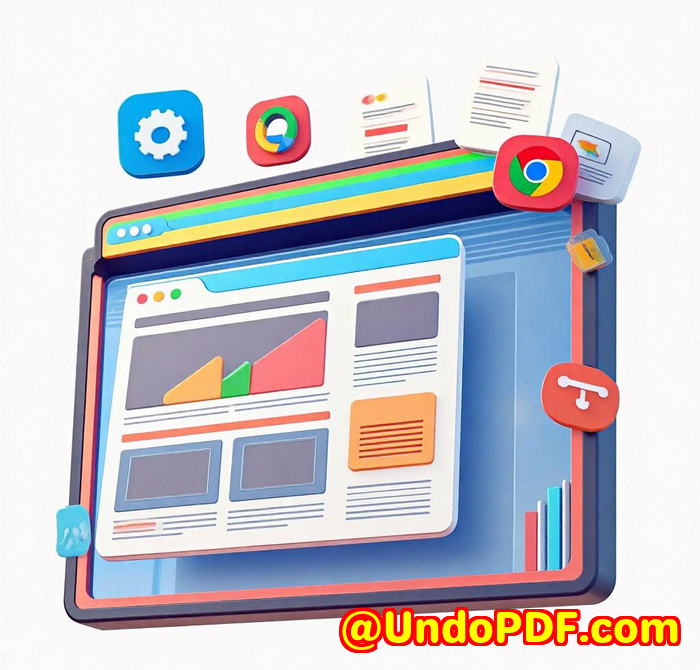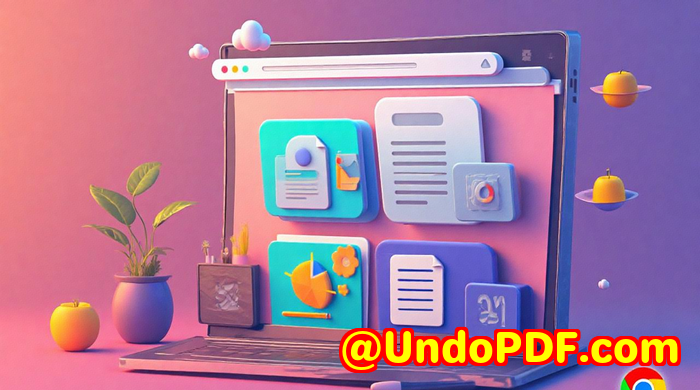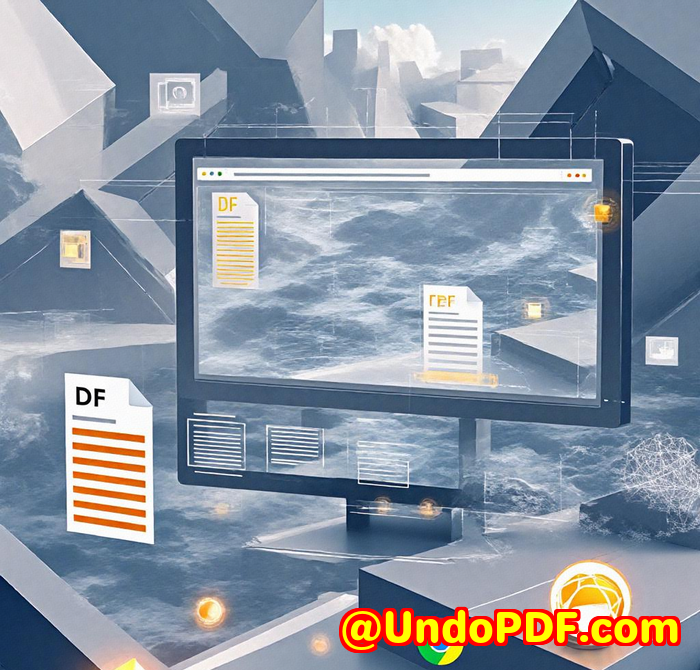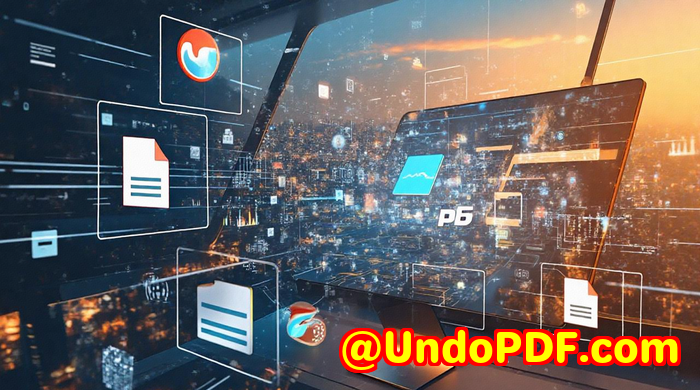How to Use VeryPDF Screenshot API to Capture Screenshots of Websites with Infinite Scrolling Content
How to Use VeryPDF Screenshot API to Capture Screenshots of Websites with Infinite Scrolling Content
Every time I tried to capture a full webpage screenshot, especially of sites with infinite scrolling content, I hit a wall. Either my screenshot tool cut off part of the page or failed to load all dynamic elements like lazy-loaded images and videos. If you’ve ever struggled with grabbing a neat, complete screenshot of a long or dynamically loading webpage, you know exactly what I’m talking about. It feels like wrestling a greased pig frustrating, time-consuming, and often, the result is a half-baked image that won’t cut it.
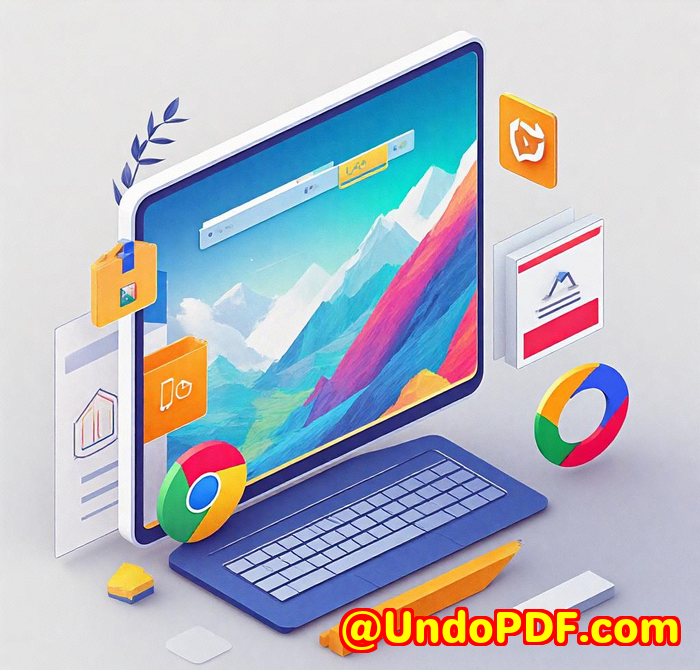
That’s when I found VeryPDF Website Screenshot API for Developers, and it totally changed the game for me. This isn’t just your run-of-the-mill screenshot tool; it’s built to handle the complexities of modern web pages infinite scrolls, parallax effects, videos, web fonts, you name it and deliver pixel-perfect screenshots every single time.
What is VeryPDF Website Screenshot API?
In plain terms, this API lets developers programmatically capture screenshots of any website in seconds, no matter how complex the page is. It’s powered by up-to-date Chrome rendering on AWS Lambda, so you get the most accurate representation of the page just like you’d see in a browser. It supports full-page captures, including those long pages with infinite scrolling, and offers multiple output formats like PNG, JPG, WebP, and even PDF.
If you’re a developer working with web content, QA teams testing UI, marketers needing consistent website snapshots, or anyone automating reports that include website visuals, this API is a solid fit.
Why This API is a Must-Have for Infinite Scrolling Screenshots
Handling infinite scroll pages has always been tricky because they load content dynamically as you scroll down. Most screenshot tools grab only what’s initially loaded or the visible viewport, missing the rest. Here’s where VeryPDF’s API shines with some standout features:
-
Full-Page Capture With Automatic Scroll Handling: The API automatically scrolls through the entire page, ensuring all lazy-loaded content appears before the screenshot is taken. No more partial captures or blank spots where images or videos should be.
-
Multiple Output Formats: Whether you want a high-res PNG for your marketing presentation, a JPG for quick sharing, or a PDF for archival, the API lets you pick exactly what you need. It even supports WebP, which balances quality and file size.
-
Retina-Quality Screenshots: Ever noticed screenshots looking pixelated on high-res displays? This tool supports device pixel ratios up to @3x, so your screenshots are crystal clear, even on Retina or 4K monitors.
-
Handles Modern Web Features: HTML5 videos, web fonts, single-page apps it all renders perfectly. That was a huge relief for me because many alternatives struggled with dynamic content and fonts rendering incorrectly.
How I Used VeryPDF Screenshot API to Nail My Infinite Scroll Capture
Here’s the real scoop from my experience. I had to generate daily snapshots of a popular news site with infinite scroll and embedded videos basically a nightmare for normal screenshot tools.
-
Quick Setup
Signing up was painless. Within minutes, I had an API key and tested my first screenshot command. The documentation is straightforward, so you’re not stuck hunting down obscure parameters.
-
Full-Page Scrolling & Timing
I specified the
full_pageparameter to capture everything. The API’s automatic timing detection made sure it waited until the page fully loaded, including all dynamic elements, before snapping the screenshot. -
Output Flexibility
Depending on the use case, I switched between PNG for detailed visuals and PDF for reports. The option to get results as JSON with direct file URLs streamlined my workflow no need to download manually.
-
Scalability When Needed
For smaller projects, the free tier (100 screenshots/month) was perfect. When demand increased, upgrading was easy. The API’s backend handled thousands of screenshots daily without hiccups.
Compared to open-source or self-hosted solutions I’d tried before, VeryPDF’s API saved me hours of troubleshooting and custom scripting. Plus, the AWS Lambda infrastructure meant I didn’t worry about downtime or performance drops during peak loads.
Key Advantages Over Other Screenshot Tools
-
No More Manual Scrolling or Stitching
Many tools require you to scroll manually or stitch images. VeryPDF automates all of this seamlessly.
-
Up-to-Date Chrome Rendering
Some services rely on outdated browsers or engines, resulting in missing features or incorrect rendering. VeryPDF uses the latest Chrome versions, so what you see in a browser is exactly what you get.
-
Robust Security
All communication is over HTTPS, protecting sensitive URLs and screenshots. Great for businesses handling confidential sites.
-
Flexible and Developer-Friendly
Whether you want to integrate this API into your CI/CD pipeline, automated reporting, or marketing stack, it’s simple and fast to implement.
When to Use VeryPDF Screenshot API
-
Capturing full-page screenshots of news sites, blogs, or social media feeds with infinite scrolling
-
Archiving webpages for compliance or record-keeping, including all dynamic content
-
Automating visual regression testing for websites and web apps
-
Creating marketing collateral or product demos with pixel-perfect visuals
-
Monitoring competitor websites or pricing pages with automated snapshots
Wrapping It Up
If you regularly deal with infinite scrolling content and need reliable, high-quality website screenshots, the VeryPDF Website Screenshot API is a total no-brainer. It saves you from the usual headaches of partial captures, broken content, and fiddly manual work.
From my personal experience, it turned a frustrating chore into a simple, automated task that just works no fuss, no guesswork. If you want to capture complex web pages like a pro, give this API a shot.
Start your free trial now and see how it can transform your screenshot workflows: https://www.verypdf.com/online/webpage-to-pdf-converter-cloud-api/
VeryPDF Custom Development Services
VeryPDF doesn’t just stop at great products. They offer custom development services tailored to your unique technical needs. Whether you need specialised PDF tools on Linux, Windows, macOS, or cloud solutions, VeryPDF’s team can build it.
Their expertise covers Python, PHP, C/C++, Windows APIs, Linux, Mac, iOS, Android, JavaScript, C#, .NET, and HTML5. From virtual printer drivers generating PDFs and images, to intercepting print jobs or developing OCR and barcode recognition systems they’ve got it covered.
Need scalable, secure, and custom document processing solutions? Reach out to VeryPDF’s support center at http://support.verypdf.com/ and discuss your project.
FAQs About VeryPDF Website Screenshot API
Q: Can the API capture mobile versions of websites?
A: Yes, you can specify viewport sizes to capture mobile or tablet views, ensuring responsive designs are accurately represented.
Q: How does the API handle dynamic content like videos or single-page apps?
A: It uses up-to-date Chrome rendering and waits for the full page load, capturing videos, animations, and SPA content perfectly.
Q: Is there a limit on the number of screenshots I can take?
A: The free plan offers 100 screenshots per month. Paid plans scale up to millions per month depending on your needs.
Q: What output formats are supported?
A: PNG, JPG, WebP, and PDF. You can choose based on your use case.
Q: How secure is my data when using this API?
A: All API calls use HTTPS. VeryPDF takes security seriously and safeguards your data during transmission and processing.
Tags/Keywords
-
VeryPDF Screenshot API
-
capture infinite scroll screenshots
-
website screenshot API for developers
-
full page web capture API
-
scalable screenshot service
